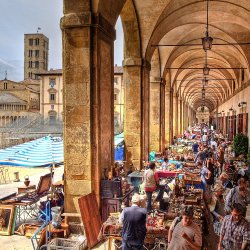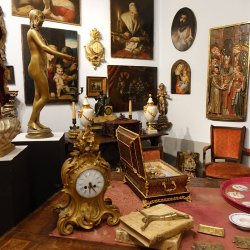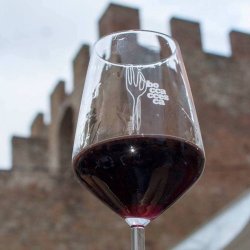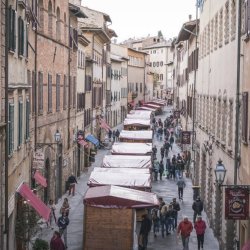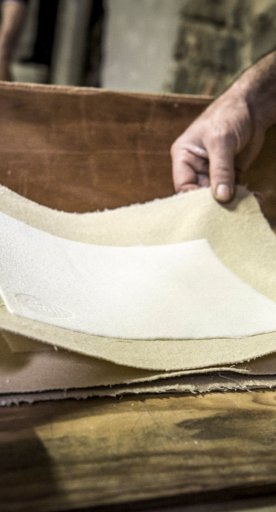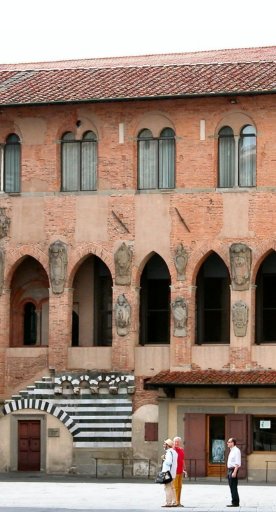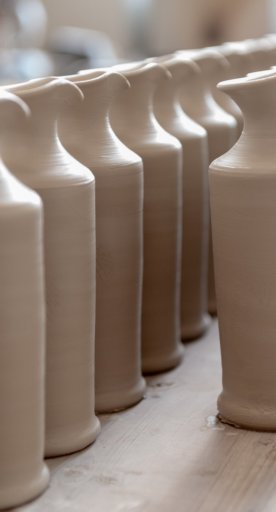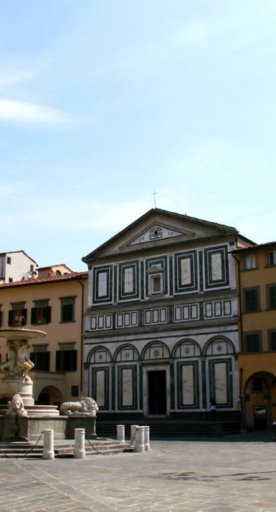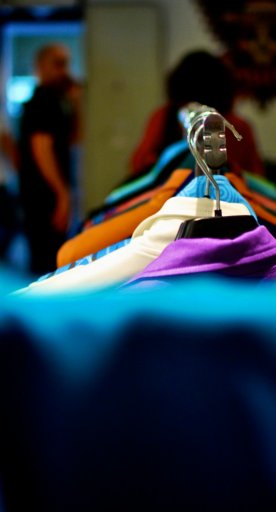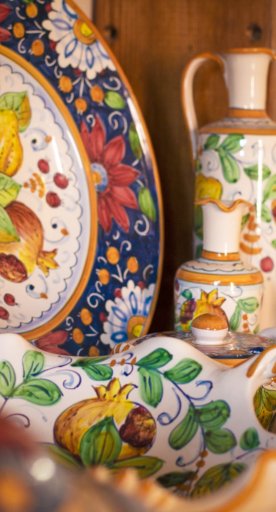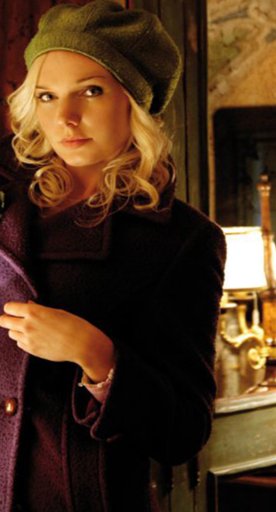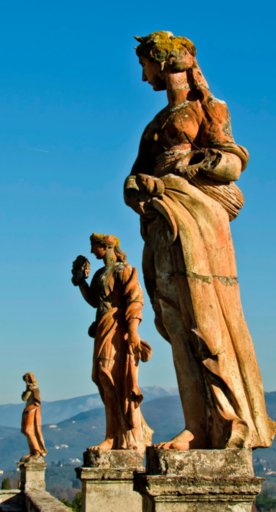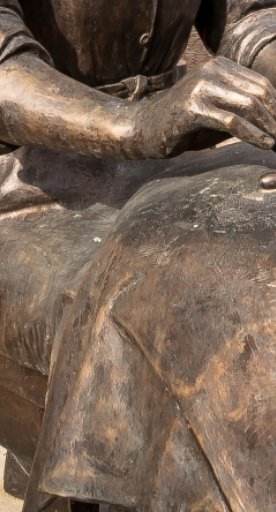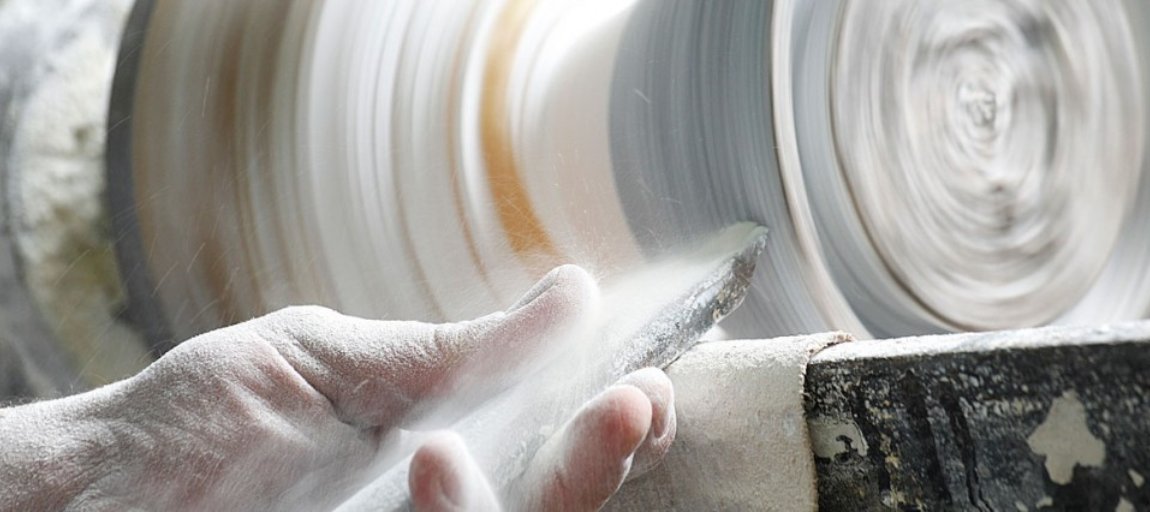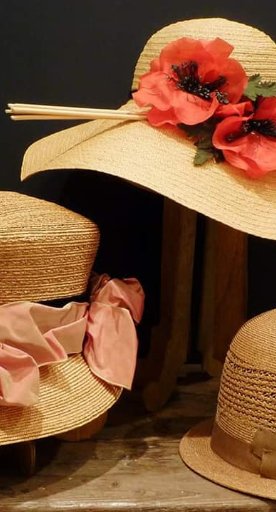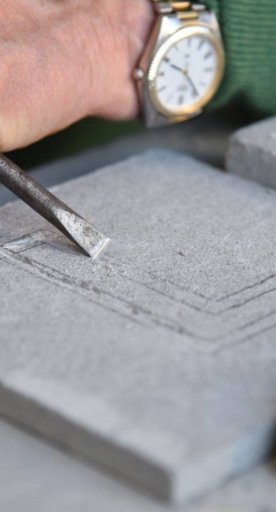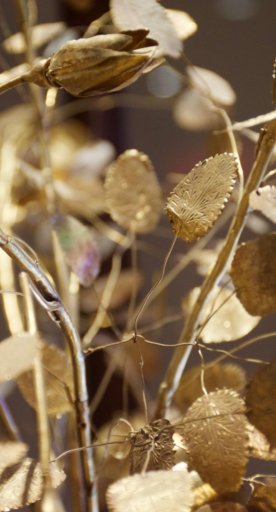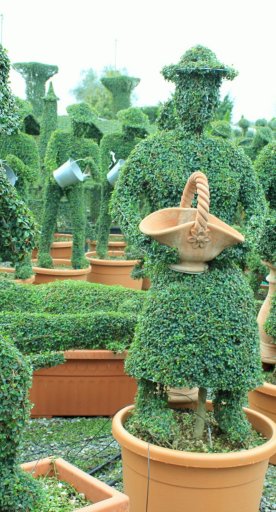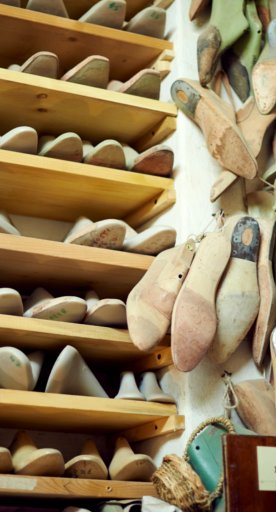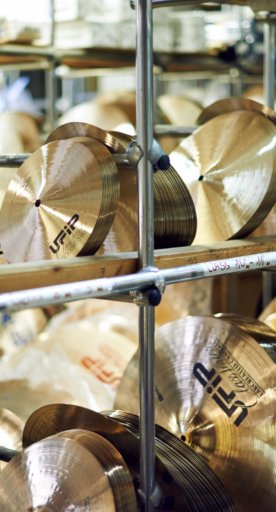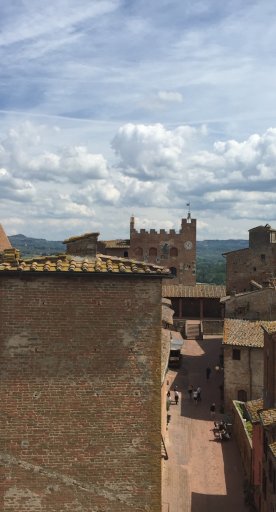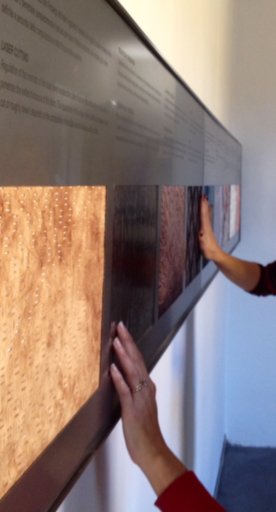
Artisan experiences in and around Florence
Jewelry, porcelain, perfume and specialty paper: precious artifacts take form in Florentine workshops. Here are some tips for discovering them ...
When it comes to handicrafts, there are various sectors of activity—goldsmithing, leather goods, glass, ceramics, perfumes, printmaking, violin production, specialty paper, as well as tailoring and embroidery.
Artifacts that take shape in Florentine artisanal workshops, in the Oltrarno, or along the streets of the city center, often reaching even the most peripheral neighborhoods and extending into the suburbs.
-
1.Crafts in the historic center
-
2.The Oltrarno
-
3.Beyond the city walls
Crafts in the historic center

The artisan world is hidden within the historic workshops, without having lost sight of the contemporary. The workshops might be the beating heart of Florentine manufacturing, but it is the people who comprise this world that preserve and pass on a human capital of inestimable value.
Because the Renaissance, that of great artists, as the artisans maintain, was born in the workshops. Back in the day, these were accessible spaces for disseminating works, knowledge and craftsmanship.
Benvenuto Cellini, for example, used the lost-wax casting technique, still in use today for those working with gold, silver, brass or bronze.
The major patrons of Florentine Scagliola and Commesso were members of the Medici family. This very special and precious workmanship, with which furniture, paintings, and vases were made, then spread to all the residences of the world’s noble families. One precious testimony to the artisan works and artifacts is the Opificio delle Pietre Dure Museum in Florence.
Leather working took root in 13ᵗʰ-century Florence with the creation of the Arte dei Cuoiai e Galigai, dedicated to tanning and treatment, as evidenced also by the toponymy of the area around Santa Croce, which was the focal point of these works in the 16ᵗʰ century, both on Via delle Conce and Via dei Conciatori. Leather stores are particularly present in this area of the city to this day.
The Oltrarno
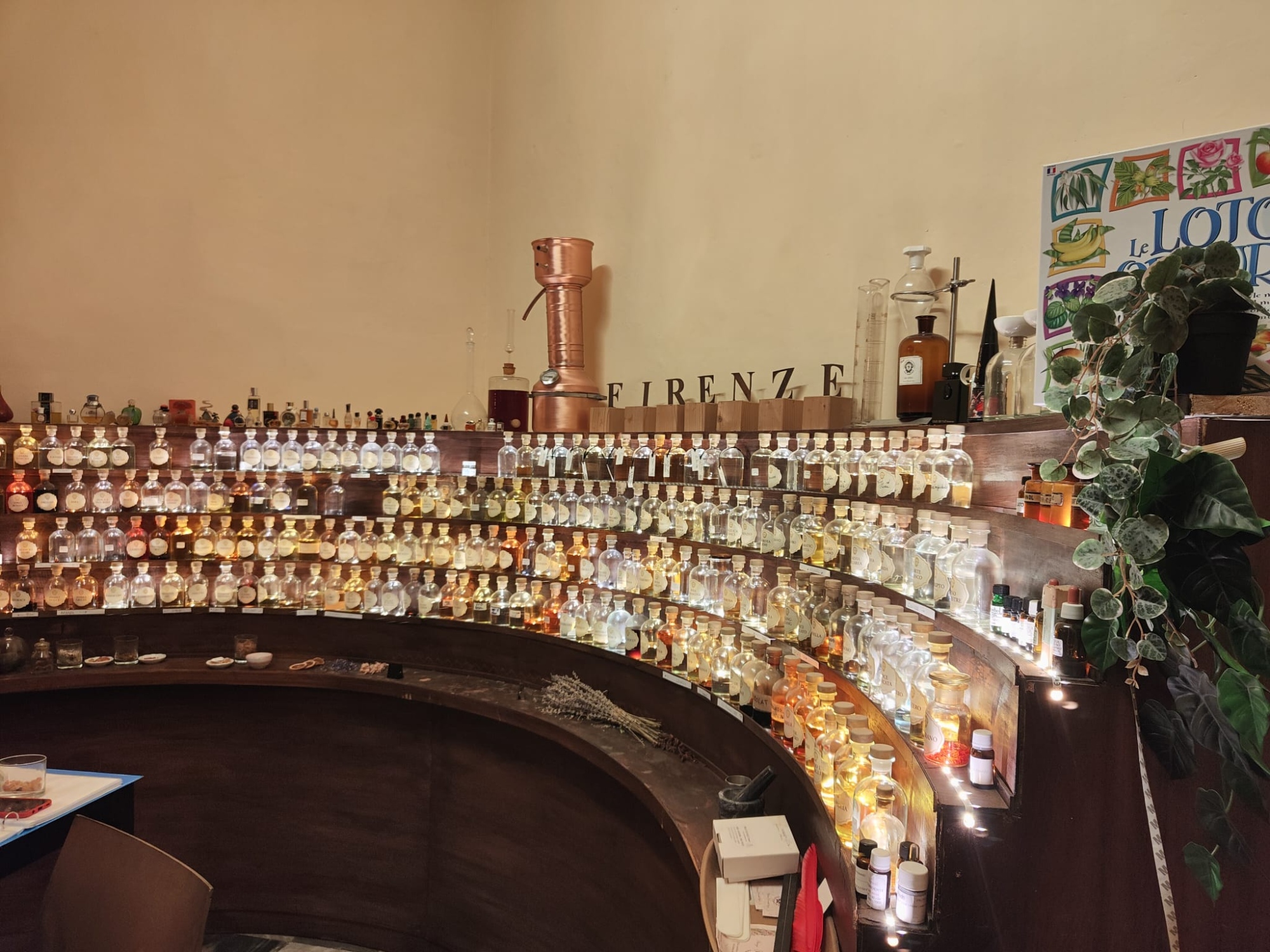
So, when you visit Florence, you should glance around, paying special attention to the workshops, with their simple furnishings and cramped spaces loaded with tools, where you can find the experts bent over their benches, girded by aprons tied at their waists, hands dirtied, just as they have been for years.
Soldering, beating, grinding, decorating ... there are neighborhoods in Florence that were once totally artisan-oriented. The entire Oltrarno area along the left bank of the Arno river, for example, is one of the more popular artisan areas even now. Things may have changed, but the workshops remain right where they have been for centuries.
And to see many of them, united together, you can go and discover the Officina Creativa Lab at the Vecchio Conventino facility on Via Giano della Bella in the Oltrarno area, where restorers, ceramists, jewelers, and crystal grinders have their workshops in a historic structure that has found a new vocation.
Beyond the city walls
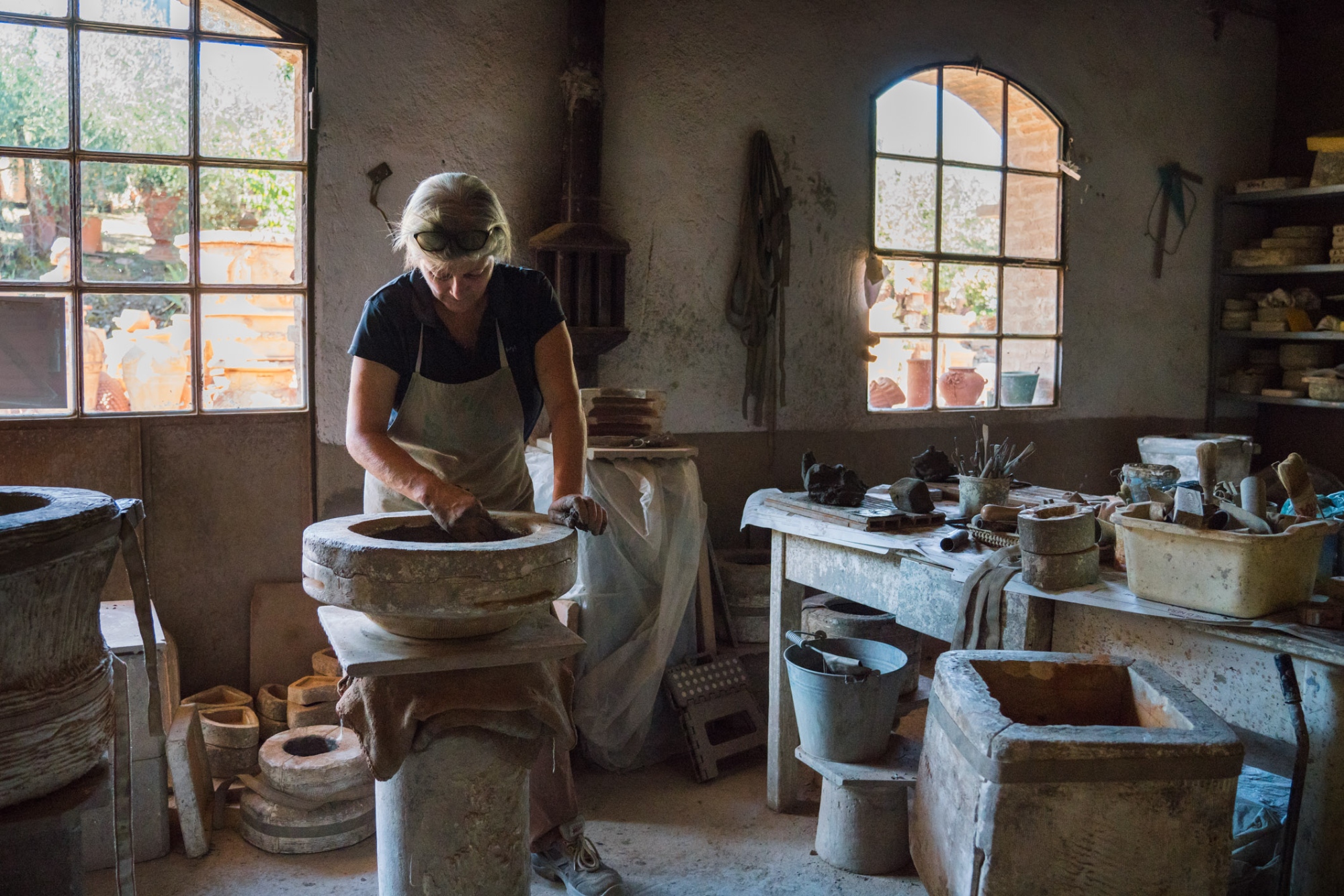
Going beyond the city walls, we find many other traditional crafts that have crossed even national borders in their fame as true excellences.
The terracotta of Impruneta is still processed and sold direct from the factory, where furniture accessories, vases, pitchers, statues, tiles and flooring are produced. The Signa area produces straw, a product that has marked the economy of the area with the straw hat tradition of Florence.
Sesto Fiorentino porcelain, thanks to the excellence of the Doccia manufactory, was started in the 18ᵗʰ century by Marquis Ginori then transformed over the years to become the famous Richard Ginori brand.
Handicrafts have touristic value not only because they testify to a territorial vocation and make it possible to buy unique objects, but also because in many workshops, you can have experiences and join workshops to approach techniques and materials in a truly personalized manner.



